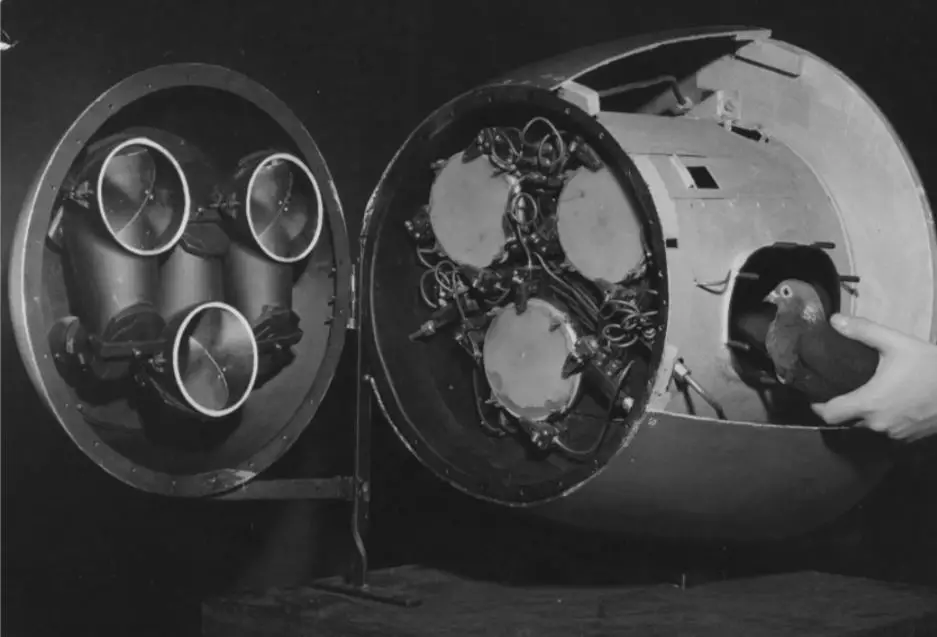 uring World War II, the U.S. Navy, along with the National Institute of Standards and Technology (NSIT), trained pigeons to beak glider screens so that the military could drop bombs without being endangered by the safety of soldiers. This method was the beginning of the construction of touch screens. The same screen that the pigeons touched is now on phones, tablets, and other devices.
uring World War II, the U.S. Navy, along with the National Institute of Standards and Technology (NSIT), trained pigeons to beak glider screens so that the military could drop bombs without being endangered by the safety of soldiers. This method was the beginning of the construction of touch screens. The same screen that the pigeons touched is now on phones, tablets, and other devices.
Without the help of satellites or GPS, the trajectory of the bombs was often changed after launch due to the wind. To accurately hit a target, pilots had to fly the aircraft at low altitudes, from where they could be easily shot down by enemies.
One option involved flying at high altitudes and dropping a large number of bombs, hoping that at least one of them would hit the target, but the method was inefficient, expensive, and caused much greater collateral damage. So NSIT decided to build a glider that could carry a 450-pound missile, but the new glider lacked a new type of guidance system that could ensure safety and accuracy.

At that time, psychologist B.F Skinner, also known as the father of “Behaviorism”, together with Ivan Pavlov proposed the use of pigeons.
“I watched a flock of birds take off and rotate in formation in the sky,” Skinner said. “I immediately saw them as a device with excellent vision and impeccable maneuverability,” he added.
He initially built a harness that would immobilize the bird’s body and wings while the head and neck could move freely. Then, to train them, Skinner placed seeds on screens depicting images of a war zone. He placed the favorite seeds of birds on the most difficult targets, such as enemy ships on the water. Over time, the pigeons began to strike the image angrily as they moved. Subsequently, the birds managed to hit the screen with their beaks 10,000 times in 45 minutes. Along the back, up to the beak, an electrode was attached to the pigeons, by touching it on the screen, electrical signals were transmitted to the mechanism that controlled the wings.
The pigeon could poke its beak in the center of the screen to keep the bomb in the original direction, or it could poke its beak to the left or right to change its trajectory. Although the system worked perfectly in the tests, the US Navy did not agree that the pigeons should have control over its extremely expensive bombs, so no birds have been involved in military missions throughout history.
However, Skinner’s research is still used today in devices around the world, especially touchscreen devices. It is perceived by many modern engineers that this was the first project that took into consideration the usability of a touch screen even if the technology used for this was quite primitive.
Avid Writer with invaluable knowledge of Humanity!
Upcoming historian with over 30 million views online.
“You make your own life.”





